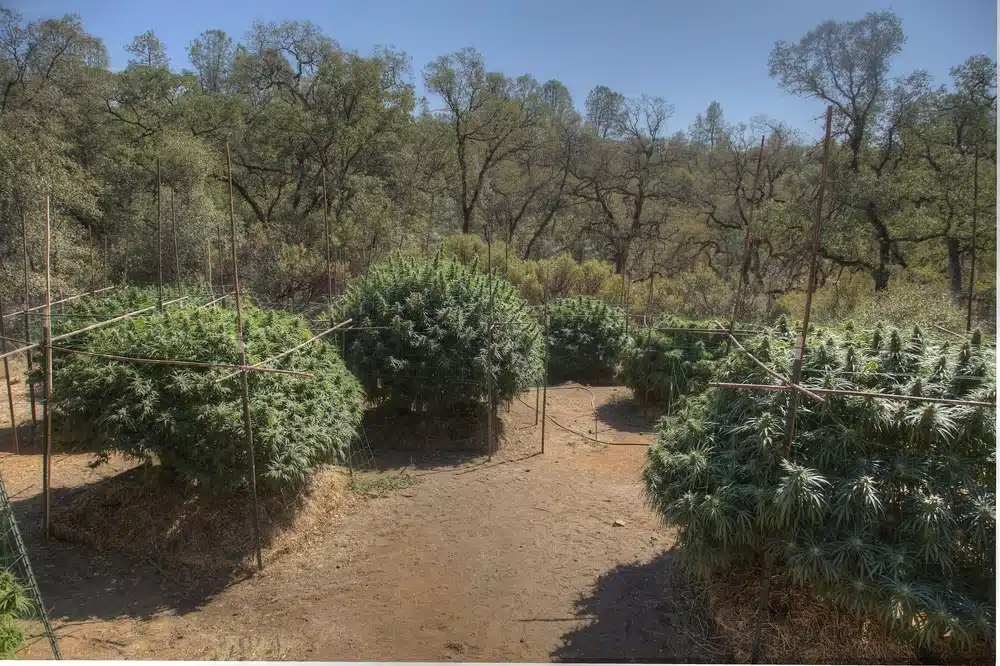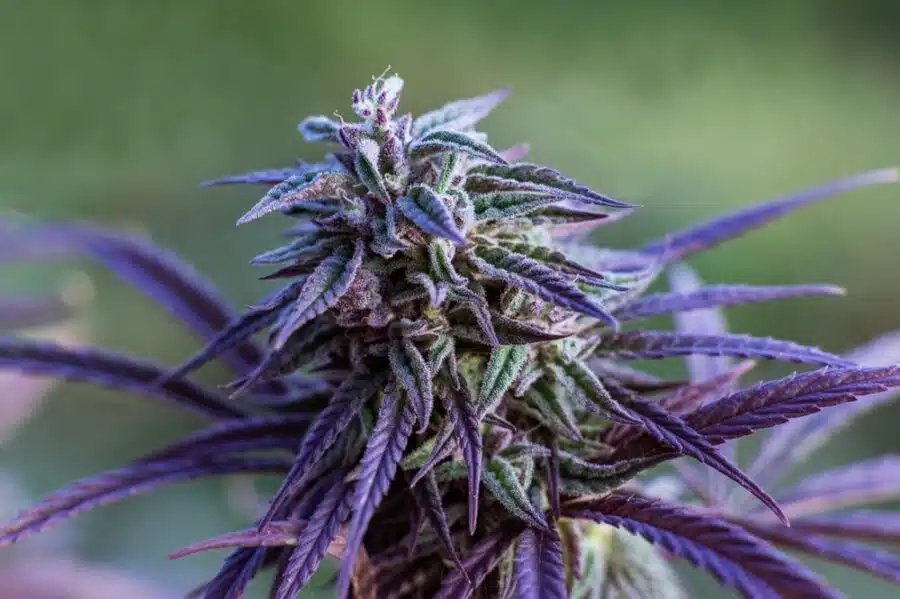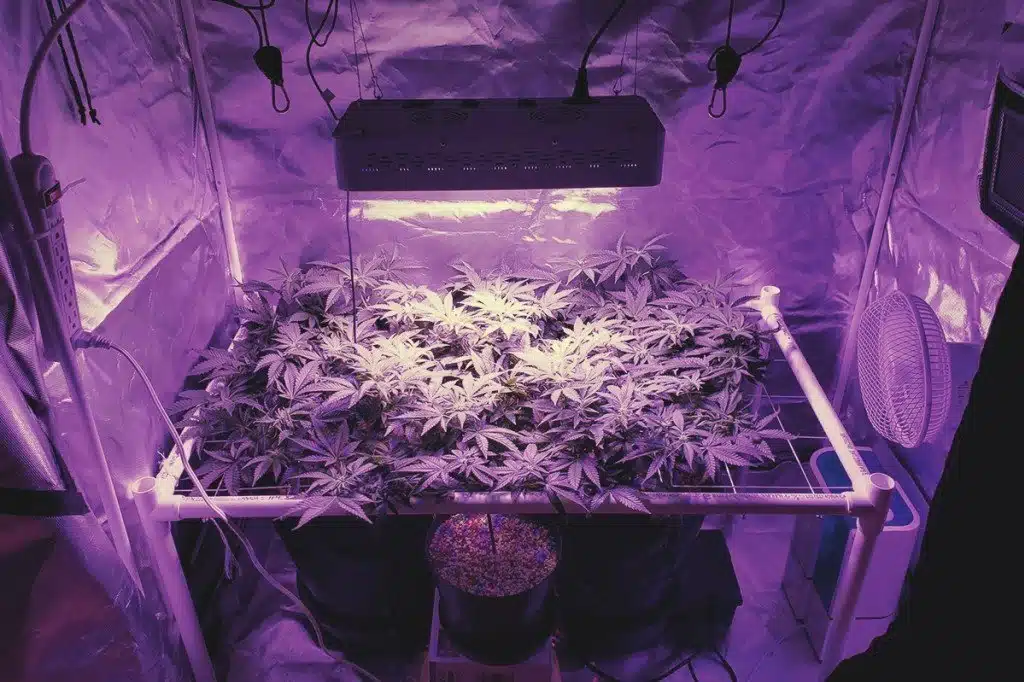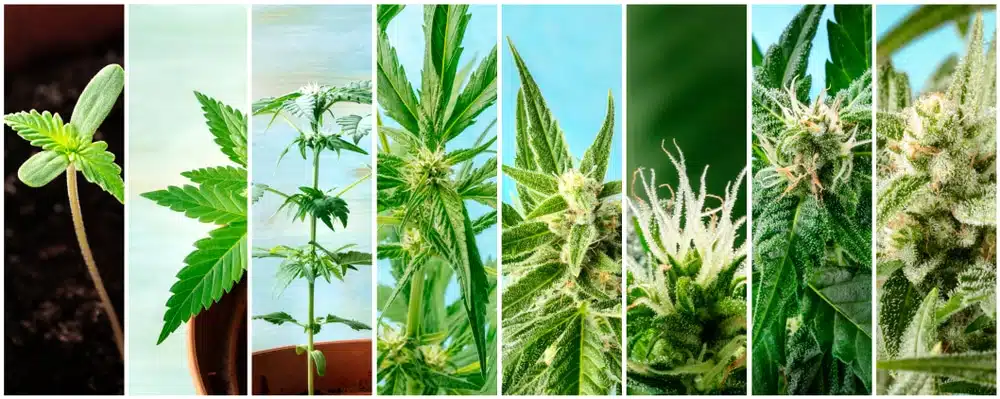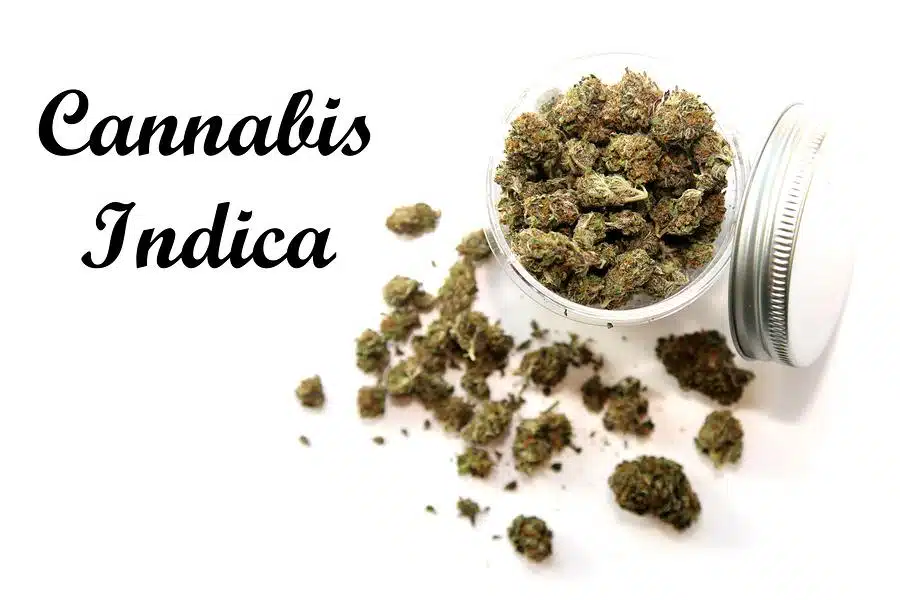The Comprehensive Guide to Ditch Weed: History, Uses, and Misconceptions
Have you ever heard of ditch weed? It may not sound very appetizing, but this term is buzzing around the 420 world. Despite its unassuming name, this variant has a lot to offer.
Many cannabis enthusiasts assume the plant is worthless, but that’s far from the truth. This cultivar has a fascinating history, range of uses, and some misconceptions we should clear up.
Let’s take a deep dive into the world of ditch weed and explore its origins, benefits, and some of the most common myths surrounding it.
Get ready to discover a new side to this often-overlooked plant.
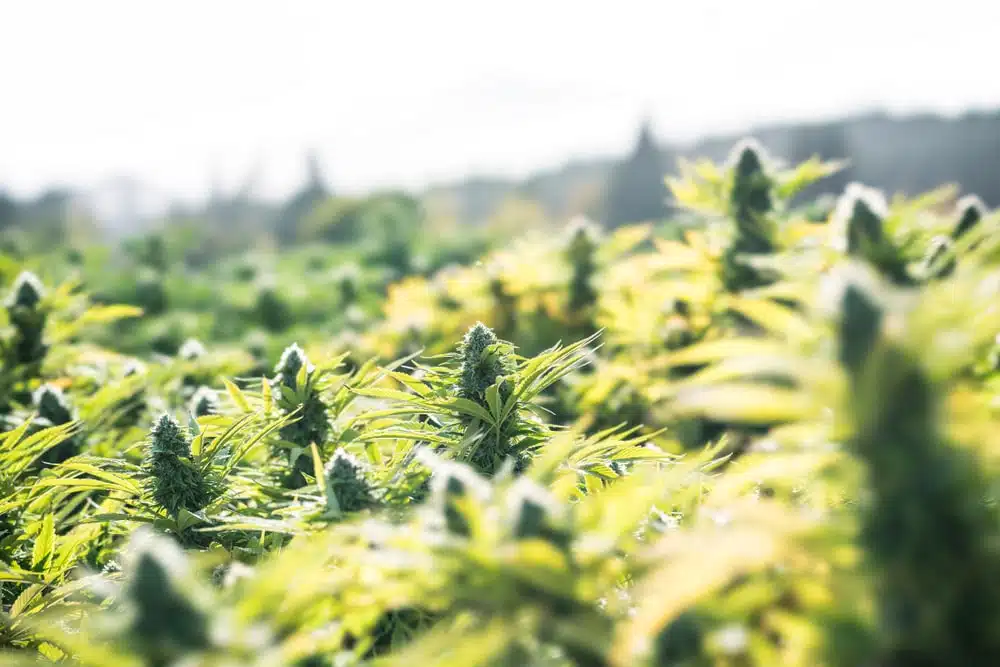
The origins of wild weed
Feral cannabis grows in the wild and is typically low in tetrahydrocannabinol (THC). Historians trace its origins back to the early days of North American settlement, when farmers cultivated hemp for its fibers.
Over time, the popularity of the plant declined, and people left their fields to fallow. This action led to the spread of wild weed throughout the countryside.
Historical background and distribution
Hemp was once a common sight on farms in many parts of the United States and used for rope, paper, and textile manufacturing.
By passing the Marihuana Tax Act of 1937, officials effectively outlawed the cultivation of all forms of cannabis. This move led to a rapid decrease in the farming and use of hemp.
Despite this setback, wild weed continued to grow, and enthusiasts still find it in parts of America and Canada. Kansas, Nebraska, and Oklahoma are among the states where the strain is most common.
As the legalization of cannabis gains momentum, there’s renewed interest in the wild variety. People are growing it again for its fibers and industrial uses.
There’s no denying that it remains a fascinating and enduring aspect of North America’s botanical landscape.
Evolution of feral cannabis as a distinct variety
Wild marijuana adapted and changed over time to become its own distinct cultivar, with more resilient traits that allow it to survive.
The plant has a stronger stem and more fibrous leaves, making it hardier against environmental stressors like wind, rain, and pests. These adaptations have allowed the feral variant to thrive and spread to unintended areas.
Ditch weed’s stringy, tough foliage is ideal for paper and textile manufacturing, making it a valuable resource even in its wild state.
Ditch weed and hemp: Differences and similarities
Individuals often interchange hemp with wild cannabis. While farmers cultivate the former for manufacturing applications, the latter refers to feral plants that grow in ditches or other untended areas.
One of the primary contrasts between these two varieties is their THC content. Hemp typically contains less than 0.3% of the cannabinoid, while the wild plant has slightly higher levels.
Cultivators actively produce hemp for its fibers and seeds, while harvesters collect ditch weed buds from specimens they find growing naturally.
Despite these differences, the two plants do share similarities, including their use in paper, textiles, and biofuels. As interest in cannabis continues to expand, it’s likely that scientists will develop new applications for both varieties in the future.
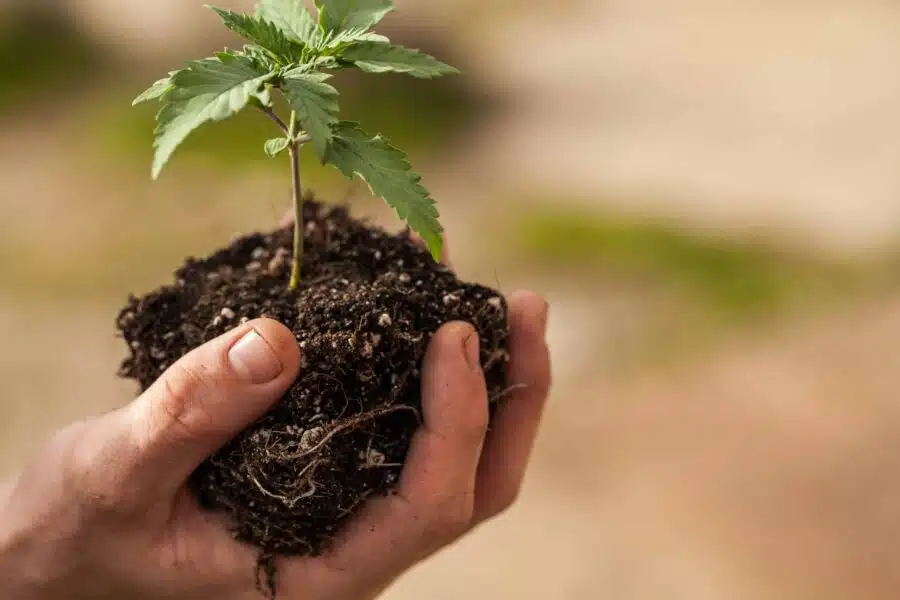
Misconceptions about ditch weed
Wild weed has gained a reputation amongst tokers for being a low-quality and non-potent strain not worth consuming. This misconception comes from a lack of understanding of the plant and its history.
People have used this feral variant for centuries, and there are reports it offers some medicinal benefits like pain relief and relaxation.
Ditch weed vs. marijuana: A matter of THC content
One of the biggest differences between weed growing wild and mainstream cannabis is the amounts of tetrahydrocannabinol they contain. THC is the plant’s main psychoactive component that produces the “high” associated with consumption.
The feral variant typically has a lower THC content, often under 1%, making it less desirable for recreational or medicinal purposes.
Breeders select popular marijuana strains for their high levels of tetrahydrocannabinol, which range from 10 to 30%. This contrast in amounts of THC sets wild buds apart and makes them less appealing to those after powerful effects.
Debunking myths: Is ditch weed dangerous?
Another common misconception about ditch weed is that it’s dangerous or harmful to consume, but this myth isn’t entirely accurate.
While it’s true that the wild variant may contain some THC, its low potency makes it unlikely to produce any significant psychoactive reactions.
Some have reported using feral cannabis for medicinal reasons, such as pain relief or anxiety management, with successful results.
The legal status of weed growing wild
After the passing of the 2018 Farm Bill, the wild variant of cannabis is legal by definition, as it descends from industrial hemp.
No regulation offers a clear understanding of the consequences of possessing ditch weed, which means it’s possible you could be arrested if caught.
Law enforcement in states where marijuana is illegal aren’t likely to differentiate between the wild variant and its cultivated counterparts. For them, the regulations prohibit any plant that contains THC, regardless of its origin.
Should you live in an area that has legalized cannabis, strict regulations still surround growing. Harvesting ditch weed is likely punishable.
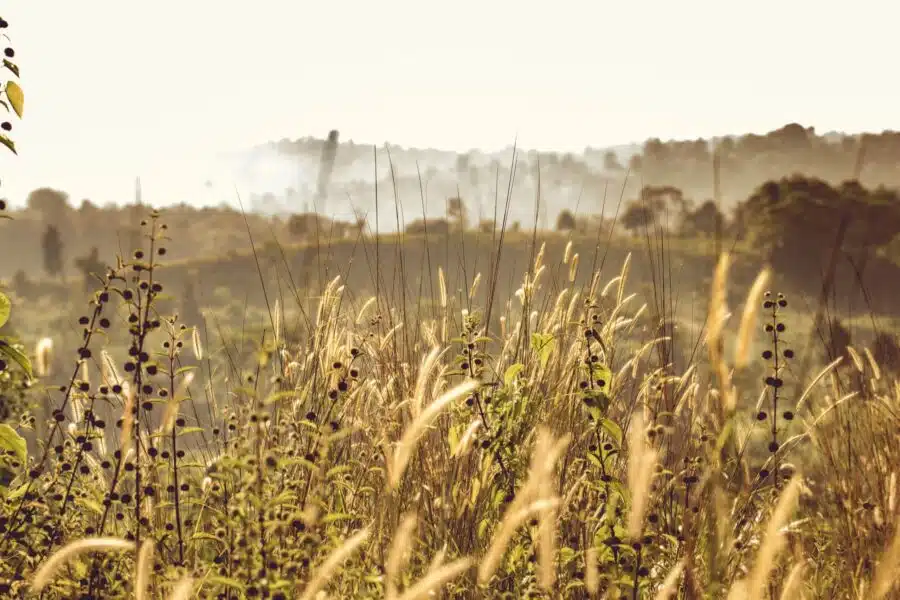
The uses and applications of ditch weed
Despite its reputation as a weed, this marijuana variant has several potential uses. While not as potent as cultivated strains, it’s still valuable in various fields.
Environmental benefits: Erosion control and soil remediation
One of the promising benefits of feral weed is its ability to help prevent erosion and clean contaminated soil.
The plant’s strong, fibrous roots help stabilize sand on slopes and other areas prone to losing topsoil. Wild cannabis can also absorb heavy metals and other pollutants from the ground, making it a useful tool for environmental remediation efforts.
Wildlife habitat and food source
The feral marijuana variant serves as an important food source and habitat for wildlife where it grows naturally.
Its seeds feed a variety of animals, including birds and small mammals.
The plant’s dense growth can also provide shelter for natural fauna, helping to support local ecosystems.
Potential industrial and medicinal applications
Ditch weed has potential industrial and medicinal applications. Manufacturers can use its fibrous stems and leaves to make paper and textiles, and press its seeds for oil.
The plant also contains compounds that reportedly have therapeutic properties, such as cannabidiol (CBD). Some have reported using feral cannabis for pain relief or anxiety management with successful results.
While ditch nugs may not be as valuable as their cultivated counterparts, they have prospective uses that are worth studying. As research into this plant continues, scientists could find new applications for the hardy variant.
Managing and controlling ditch weed growth
Wild weed is difficult to manage because of its hardiness and ability to spread quickly. Despite these challenges, there are a few methods that could be effective in controlling the plant.
Effective methods for eradication
One approach for eradicating it is manual removal. The technique involves physically pulling the plants out of the ground but can be labor intensive and time-consuming. This is especially true in areas where the plant has spread extensively.
Chemical control is another option for managing ditch weed. Herbicides like glyphosate could be useful, but you should take care to use them safely and according to the instructions.
Preventing the spread of ditch weed
Preventing the spread of feral marijuana is key to managing and controlling it. One way to prevent it from advancing into new areas is to avoid disturbing places where it already grows in ditches.
This step includes not mowing or tilling the spaces or taking precautions to clean the equipment used where the plant is present.
Another way to prevent the spread of wild marijuana is to be aware of its presence and take action to remove it. Monitor areas where you know the variant grows and remove any plants you find promptly.
The role of government and the community in ditch weed management
Effective management of ditch weed often requires collaboration between the government and residents. Local agencies can monitor and control the plant’s spread, while educating the public on the topic.
The community also plays a crucial role in managing the issue. Property owners can take steps to control the plant on their own land and work with their neighbors to limit its advancement to other areas.
By following these approaches, it’s possible to minimize the impact of wild cannabis on the environment and local ecosystems.
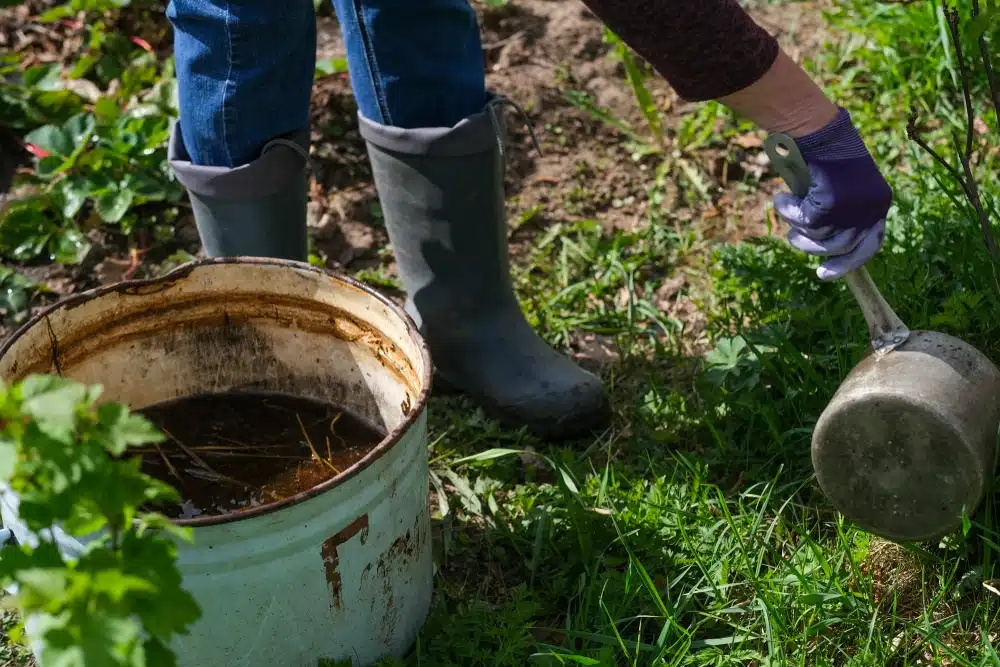
Clearing the air on ditch weed
We hope our guide has cleared the air on the misconceptions surrounding this wild variant and provided an understanding of its uses. Feral buds aren’t the same as mainstream marijuana and offer benefits to the environment and fauna.
By properly managing and controlling ditch weed, we can take advantage of its applications while preserving our ecosystems.
If you’d like to get into the world of marijuana, browse our strain selection at The Seed Fair. Take the first step in your journey and choose from our diverse selection of premium-quality marijuana seeds today.

